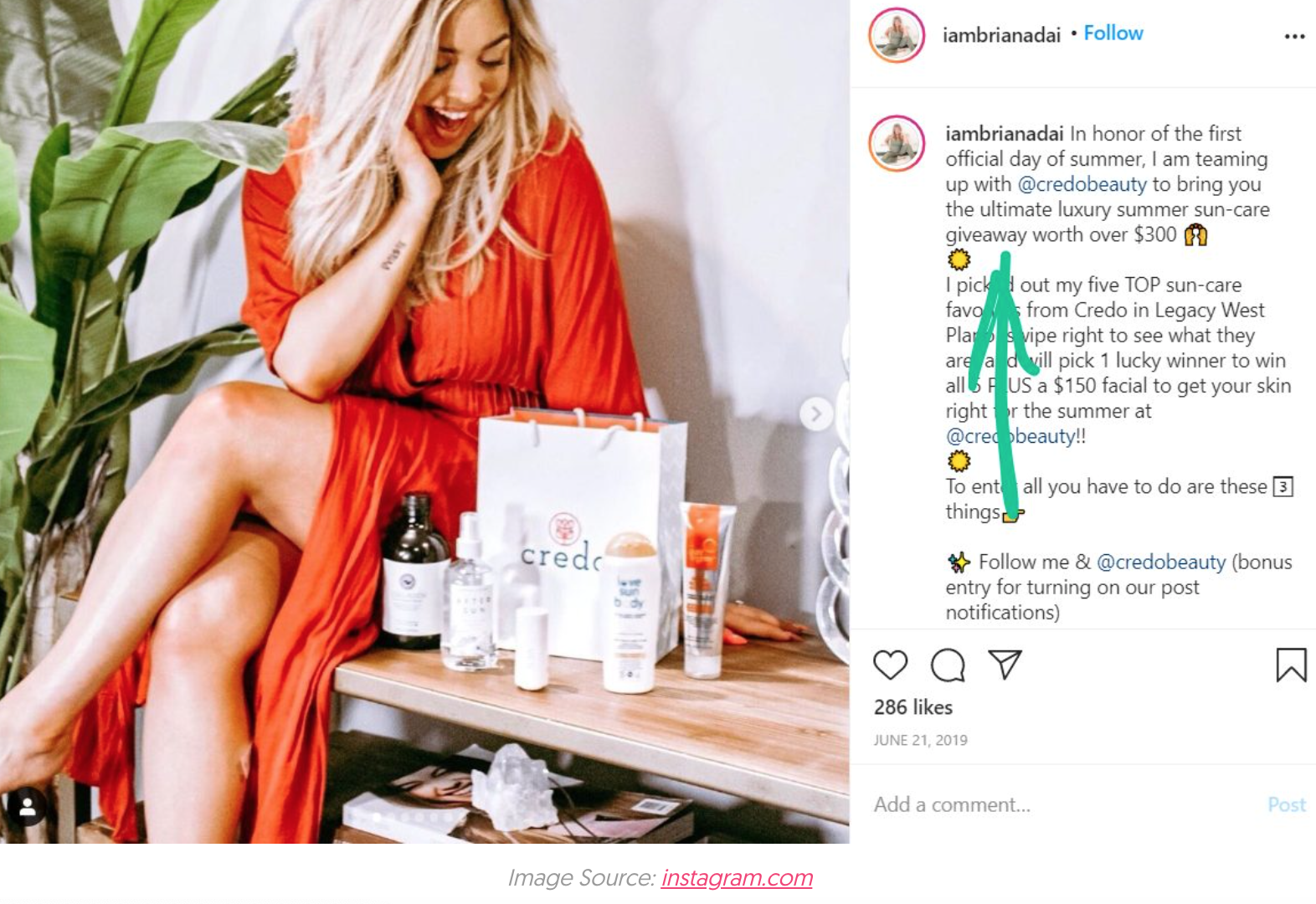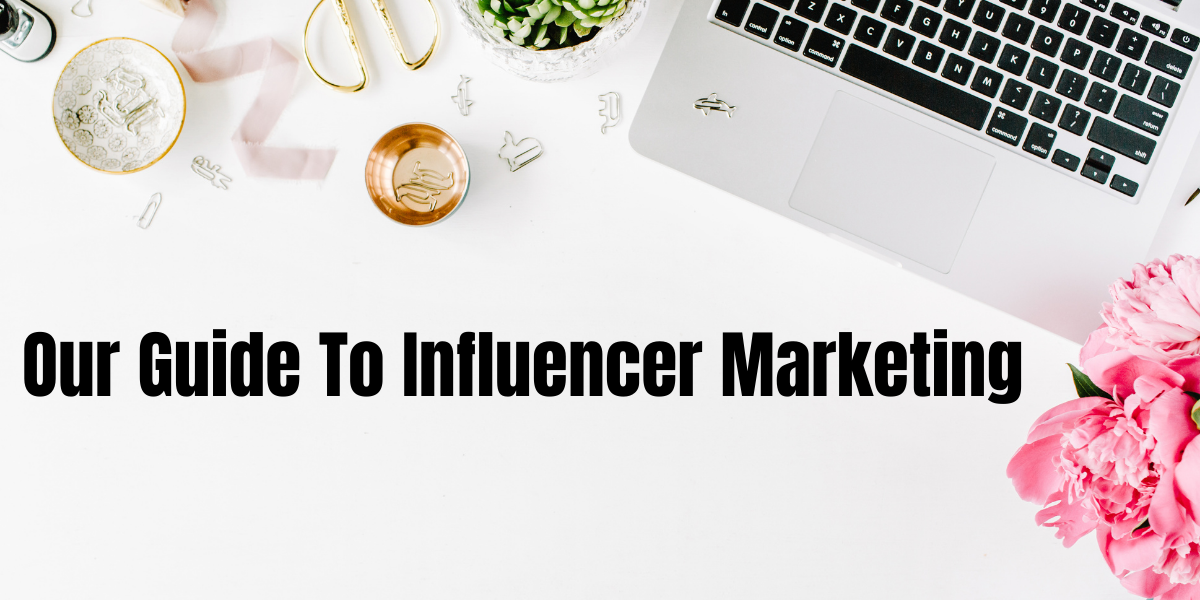The term “Influencer” is no new term, especially in the digital marketing world. Every social media platform you scroll on, you’re met with influencers. They’re everywhere.
Brands are realizing how important these influencers are to social media marketing and the following base that they build. Brands see the opportunities that influencers can provide them with, such as connecting their followers to a product and developing in trust with the influencers.
Budgets for influencer marketing continue to increase as the years go by, a trend that is not expected to stop.
Brands who typically use influencer marketing are those in industries of:
- Fashion/ Beauty
- Home/ Family
- Travel/ Lifestyle
- Business/ Tech
- Entertainment
What is Influencer Marketing?
Influencer marketing is a strategy that businesses use to promote their products and services by partnering with popular social media users, bloggers and celebrities. Those who are considered influencers typically have a large, engaged audience that brands can tap into to build credibility and drive sales.
Partnering with influencers can benefit a business by:
- Reaching a bigger audience
- Build trust for your brand
- Increase followers
- Increase traffic on sites
- Get more leads
- Drive sales
Influencer marketing is vital to a businesses marketing strategy because if the consumer sees a person whom they trust promoting a brand’s product(s), they are more likely to make a purchase.
The top 5 social media platforms for influencer marketing are:
- Instagram (82%)
- YouTube (41%)
- TikTok (23%)
- Twitter (23%)
- Facebook (5%)
Influencers are grouped by the amount of followers that they have. The three major groups that we see the most often and that are effective, are micro, macro and mega influencers.
Micro Influencers
Micro-influencers are those who have between 10,000 to 100,000 followers. Each of them has a specific niche of expertise, style, brand, and appeal to a particular kind of audience.
Smaller, more focused niche influencers are able to connect on a deeper level with their followers and generate greater engagement due to their relatability.
People often follow them because they have faced similar challenges and are drawn to those who have overcome them. Therefore, when they recommend something, followers take that as the word of an expert.
Benefits of a micro-influencer:
- Engagement rate is higher.
- Able to interact with followers more.
- Can be more relatable to the average consumer rather than a celebrity.
- More affordable.
- You have the ability to work with multiple at a time.

Macro Influencers
A macro-influencer is any creator that has more than 100,000 followers but less than 1 million and has at least a 3% engagement rate. Macro-influencers can have titles such as celebrity, TV personality, or athlete.
They have gained fame through the internet itself by building their own brand based off their social media efforts. They are able to leverage their fame to build a following on social media in a fraction of the time it can take a micro-influencer.
Pros:
- Large following, which gives them more access to the Explore page on Instagram.
- Professional, they know how to partner with brands.
- Gives your brand a sense of “exclusivity” and credibility.
- Consistent collaborators; consistent follower growth and performance.
Cons:
- Lower engagement rates.
- Have to worry about fake followers/ spam accounts; a risk for investing in an influencer who doesn’t have followers that will actually act on their promoted content.
- Takes more time to work with.
- More expensive.
- Reputation risks. Since their every move is watched, something could go wrong.
Mega Influencers
A mega-influencer has more than 1 million followers on social media and is the top ranked influencer.
These are your famous A-list celebrities on social media and in real life have talent rather than their sole income coming from being an influencer.
Mega influencers can be very expensive to work with. Beyonce, for example, has over 150 million followers and her single posts can be worth up to $1 million dollars.
Since mega-influencers have a very diverse following, if your brand has a very specific niche, it may not be best to work with a mega influencer. Also, celebrities can be viewed as untrustworthy by followers if they only care about the check and not believe in the product.
However, they are most likely to give your brand/product the most exposure.

Types of Influencer Partnerships
-
Shoutouts
An influencer promotes your brand or product on social media. They can be with or without a visual. Usually found in the caption.
-
Giveaways
Occur when a brand provides the influencer something of value that the influencer can then offer to their followers through a giveaway or contest. They are short-term partnerships and provide value to both your brand and the influencer

-
Platform takeovers
This is when brands give an influencer access to their social media account. The influencer can then create content for the brand and send their own followers to the brand’s account so they don’t miss what’s usually branded as “exclusive” content.
-
Affiliate marketing
The influencer promotes a brand’s product and gets a commission based on sales through the influencer’s platform.
-
Sponsored content
You can either create content for influencers to share or engage them to create and post content for your brand.
-
Brand ambassador
More long-term. As a brand ambassador, influencers will consistently share content about your brand and products. Over time, they tend to become the “face” of your brand.
-
Product Seeding or Gifts
This is when brands send famous influencers products and hope that the influencer will share something positive about it.
What does it cost?
The cost of influencers depend on certain factors, these include:
- Social media platform
- Influencer reach
- Follower engagement
- Industry or specialization (niche)
- Type of content
- Influencer demand
- Usage rights
- Exclusivity
| Platform | Type of Influencer |
Cost (per post/video) |
| Micro
Macro Mega |
$100-$500
$5,000-$10,000 $10,000+ |
|
| Micro
Macro Mega |
$250-$1,250
$12,500-$25,000 $25,000+ |
|
| TikTok | Micro
Macro Mega |
$25-$125
$1,250-$2,500 $2,500+ |
| Youtube | Micro
Macro Mega |
$200-$1,000
$10,000-$20,000 $20,000+ |
| Micro
Macro Mega |
$20-$100
$1,000-$2,000 $2,000+ |
So which Influencer is right for your brand?
It’s not always about the influencers’ high follower count. The best way to determine if the influencer is right for your brand is to check out their engagement on their posts.
For example, if an influencer has a million followers but only a few thousand likes on their posts, then that tells you that they’re following isn’t loyal. Mean they most likely won’t drive sales.
You need to understand that the larger the audience, the less focused it is likely to be. It’s not an accident that we see celebrities promoting broad products rather than something extremely specific because of their audience being so broad.
However, if you want to target a very specific audience, it is best to go with a micro-influencer due to their narrower follower base.
You also have to decide what influencer your brand has the budget to afford.
- If you want the highest reach/exposure with a high cost= mega-influencer.
- If you want to target a certain type of customer, but still want to reach masses= macro-influencer.
- If you want a high ROI= micro-influencer.
In an influencer, you want:
- An organic, loyal follower base.
- High engagement levels on their posts.
- Target someone who fits the niche of your brand.
- An influencer who believes in your brand/product.
There are agencies that are out there to connect brands with influencers. These agencies will help brands create an influencer marketing strategy, execute that strategy, and manage the influencer marketing campaigns. The agencies work closely with influencers, therefore they have an understanding of the influencer rates and can help brands find an influencer who is within the brand’s budget.
Some of these agencies are: Trend, MoBurst, and Intellifluence.
The power of influencers
- 74% of customers say they are most influenced in their purchasing decisions by others’ referrals.
- 70% of teens claim to trust influencers more than traditional celebrities and 60% follow their advice
- 67% of brands use Instagram for influencer marketing
- 80% of brands say they’ve increased the amount of content they produce.
- Businesses are making $5.20 for every $1 spent on influencer marketing
- Nearly 40% of Twitter users say they’ve made a purchase as a direct result of a Tweet from an influencer
- 91% of millennials trust online reviews as much as friends and family
Tips
- Try to buy as many posts as possible with the influencer by negotiating and buying them in bulk packages. Don’t do one-offs.
- Sign influencers over the course of six months to a year, the consistency will have a bigger impact.
- Don’t have your influencers post randomly. Have the influencer stick to a schedule to promote your products, it will be more effective.
- Track your influencer ROI with specific coupon codes. That way you can track the effectiveness of any given campaign from any given influencer.
- Reach out to multiple influencers you are interested in, not everyone is going to get back to you.
If you want to learn more about influencer marketing, contact the Rhinos!


